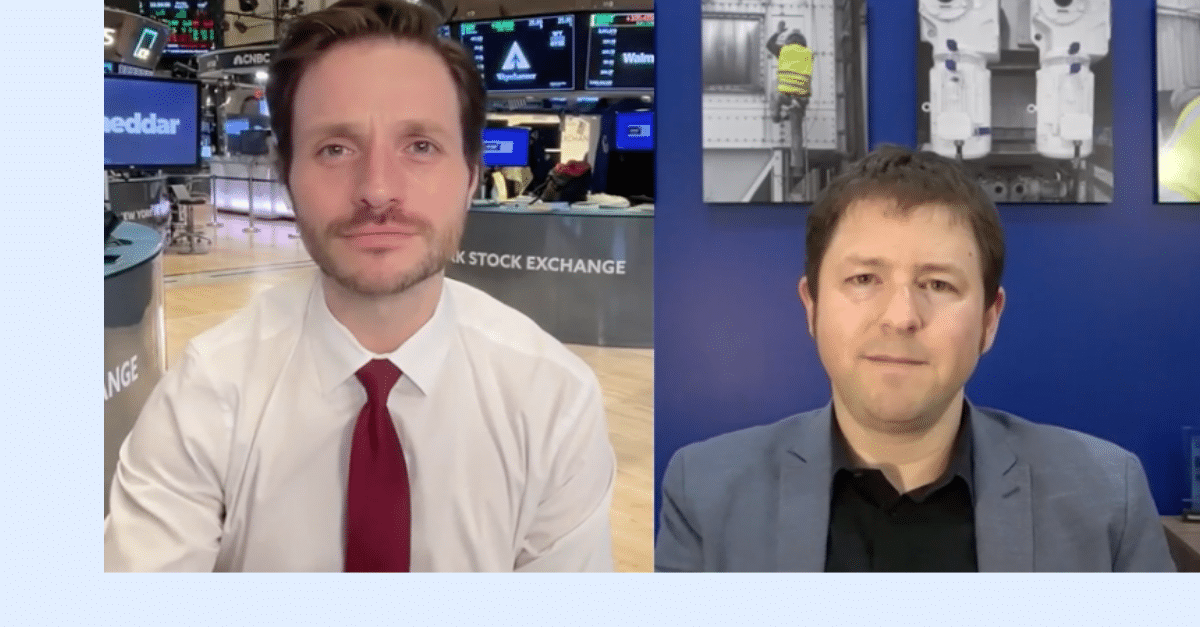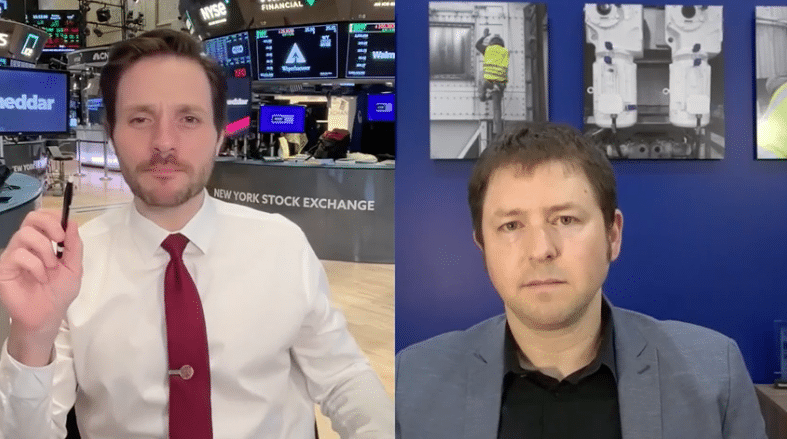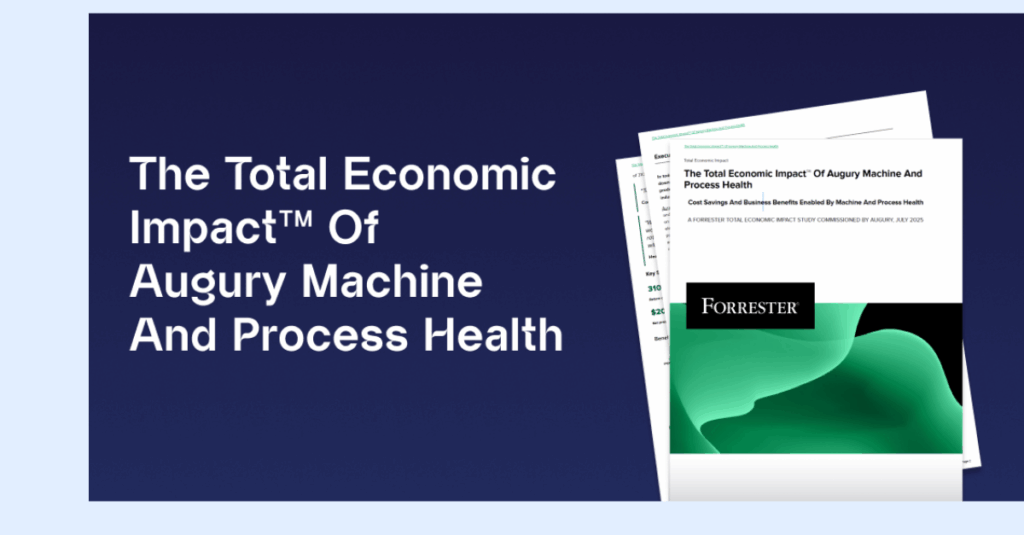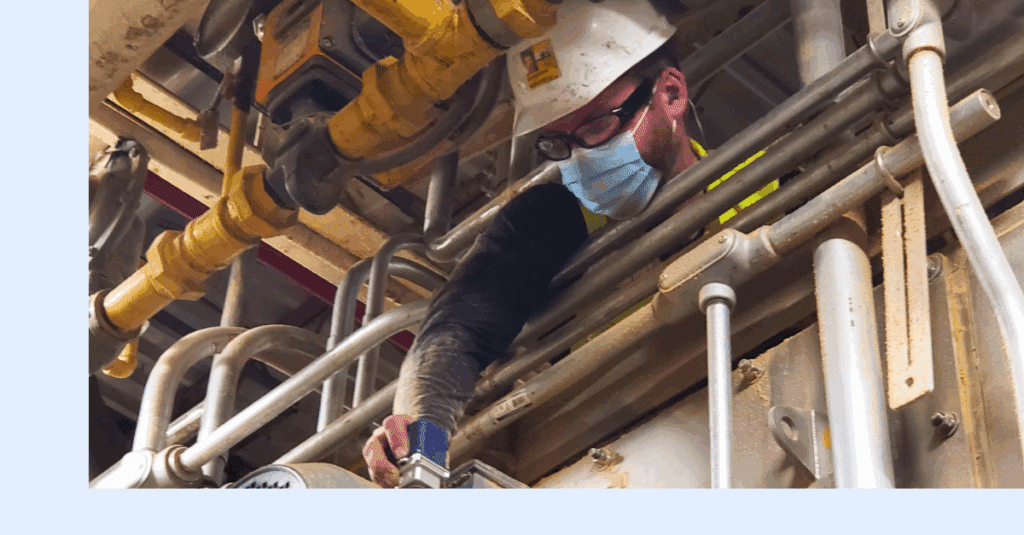
When Augury CEO Saar Yoskovitz appeared on Cheddar, the conversation focused on tariffs and their impact on manufacturing. But in our follow-up discussion, Saar revealed something bigger: tariffs are just one piece of a volatility puzzle that’s forcing manufacturers to completely reimagine how they operate.
Watch the Cheddar interview here for the tariff discussion, then come back for what we couldn’t fit into broadcast time.
What We Covered on Air
During the Cheddar segment hosted by J.D. Durkin, Saar explained how tariffs have created immediate challenges, including 20% increases in factory construction costs, supply chains that cross borders multiple times, and analysis paralysis among executives.
The solution? Call it “shadow factories”—using AI to unlock 2-5% efficiency gains in existing facilities rather than building new ones.
But here’s what time constraints didn’t allow us to explore: This isn’t really about tariffs at all.
The Deeper Story: Monthly Pivots, Not Yearly Plans
“Beyond tariffs, we’re seeing crazy things we never imagined,” Saar says. “The US investing heavily in Intel, semiconductor federal revenue sharing on sales in China…these are things that change the game on a monthly basis.”
Participating in a recent World Economic Forum (WEF) session reinforced Saar’s observation. As one executive at WEF summed it up: “By the time the first product rolls off a new manufacturing line, we’ll have a new administration. How do I make 20-year factory investments with 4-year political cycles?”
The answer isn’t to wait for stability. It’s to build for instability.
Why “Just Build American Factories” Isn’t Happening
Politicians make it sound simple. Reality is messier.
1. The Hidden Tariff Trap
Building an American factory means importing steel (50% tariff). Buying production equipment from Europe or Asia (Japan, Korea). You pay tariffs to avoid paying tariffs.
2. The Workforce That Doesn’t Exist
“Engineering grads aren’t choosing manufacturing careers,” Saar notes. But modern manufacturing needs exactly these workers—people who can program robots, analyze AI-generated data, optimize digital twins, and troubleshoot automated systems. Today’s factories run on algorithms as much as assembly lines. Saar suggests vendors like Augury might need to become “the Cisco certification of manufacturing,” training the workforce that traditional education isn’t producing.
3. The Energy Question Nobody’s Asking
The WEF discussion surfaced another challenge: energy infrastructure. As Saar explains, “The world is chasing the AI train, building out data centers as fast as humanly possible. The grid isn’t built for that AND a manufacturing renaissance.”

Local-for-Local: More Complex Than Politicians Admit
The push to build where you sell sounds logical until you realize one auto part crosses borders seven times. One Augury customer with facilities in both the US and Canada suddenly owes tariffs for moving materials between their own buildings!
“Some companies are choosing Mexico over the US,” Saar says. It’s not surprising. Manufacturing in Mexico can mean faster construction, a stronger manufacturing culture, and fewer material tariffs.
The Real Solution: Agility Over Geography
Leading manufacturers have stopped waiting for perfect conditions. Instead, they’re building three capabilities:
- Shadow capacity through AI – Those 2-5% efficiency gains create new factories without breaking ground
- Monthly pivot capability – Not yearly strategic plans, but monthly adaptability
- Workforce reinvention – Training for factories that will look nothing like today’s
“The old playbook of offshoring to China doesn’t work anymore with today’s geopolitical tensions,” Saar says. “Manufacturers have a huge talent shortage. There’s a sustainability cloud hovering above their business. They know they have to fundamentally re-imagine how manufacturing is done.”
The Bottom Line
Tariffs grabbed headlines, but they’re just today’s version of volatility. Tomorrow it’ll be something else—energy, semiconductors, new regulations. The manufacturers who survive won’t be the ones with the best lobbyists or the luckiest geography. They’ll be the ones who built for change itself.
Shadow capacity doesn’t wait for policy clarity. Agility doesn’t depend on election cycles. And the factories of tomorrow? They’re being defined by how quickly manufacturers adapt today.
To watch the full interview, head over to Cheddar. Looking for more clarity on tariffs? Check out the on-demand webinar “Tarrified: Turn Uncertainty Into Agility“.




